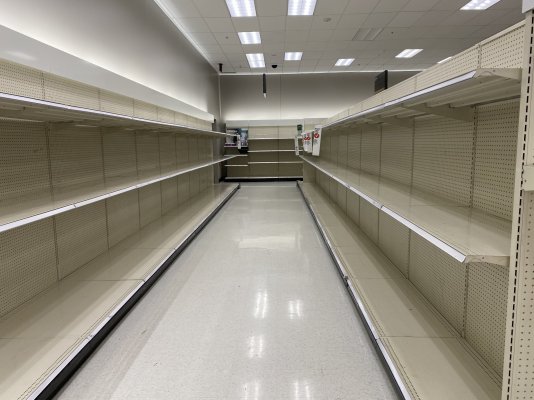Moderator Note
This particular thread is strictly moderated for the reason given in the OP. If you are wondering where your posts in this thread went, see bolded sentence below.
This particular thread is strictly moderated for the reason given in the OP. If you are wondering where your posts in this thread went, see bolded sentence below.
This thread is to share information that assists members in preparing for the COVID-19 outbreak, to inform the community on medical news related to COVID-19, or official policy measures and responses in the US and around the world.
It’s not intended for general coronavirus news, rumors, unfounded medical analysis or advice, or unproven remedies. No YouTube links. Please forgo snark, sarcasm, or fear mongering. Civil unrest and other extreme scenarios are unwelcome. Links must be reputable or official sources. News on the global spread will be limited to reports by the WHO, cases in the US limited to state or federal sources.
The moderator team feels the entire community will benefit if this discussion can be kept on track. Any post not directly related to or contributing to the above will be removed without explanation or warning, and complaints or protest will be ignored.

 He's 86 and she's 79. Both have health issues, but hers are more severe. Rhetorical question: How can they not realize that if she gets the coronavirus that he will also get it?
He's 86 and she's 79. Both have health issues, but hers are more severe. Rhetorical question: How can they not realize that if she gets the coronavirus that he will also get it?